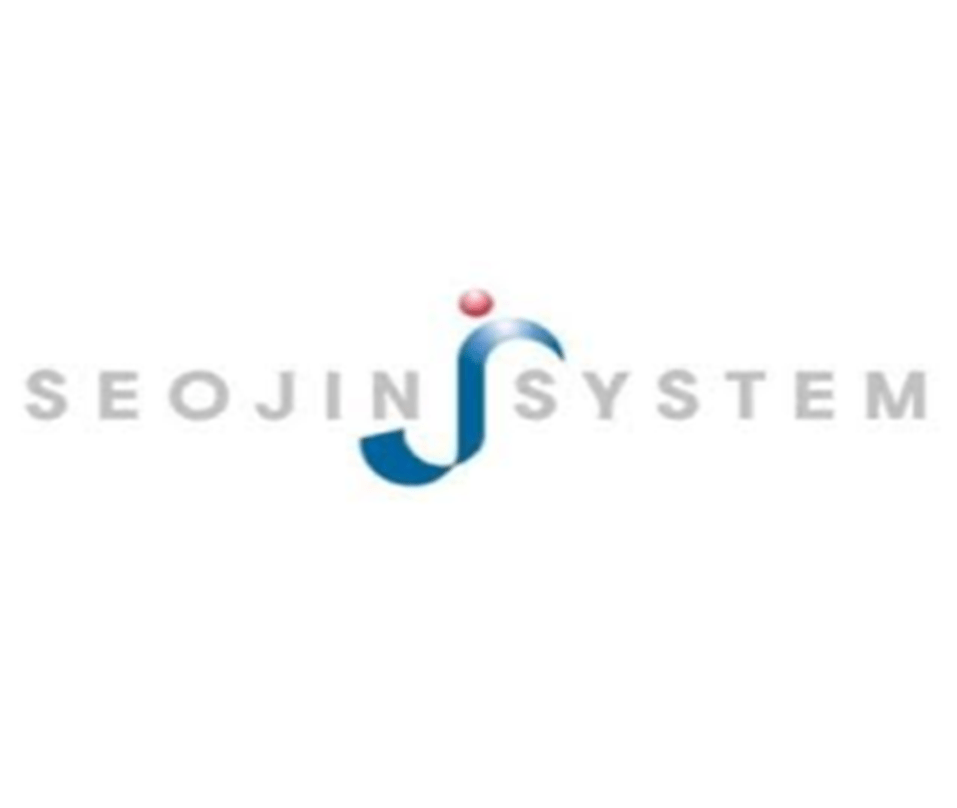These fillets and chamfers are aesthetically pleasing and add up value to the design. But they also increase the machine time and the cost of CNC machining projects significant.
The primary questions to be considered before adding a fillet or chamfer to the design are:
- What is the main function of the fillet or chamfer?
- Is this fillet or chamfer really necessary for the part to function?
- How cost-effective is it to add this feature for the quantity I'm producing?
- How can the tolerance be checked?
For a better understanding of why these design and cost considerations are important, let's walk through some examples.
Why fillets and chamfers increase machining costs
Setting up the tools is time-consuming and expensive
Initially, let's compare how fillets and chamfers are done with the CNC machining process. Chamfers are usually made with a tool that is ground to the correct angle, such as a countersink, chamfer tool or a spot drill.
A chamfer tool is used to make exterior ones, while a spot drill or countersink tool is used to make interior chamfers.

Fillets are created with an end mill that machines the part profile. If the fillet is along a part edge, a corner rounding end mill is likely to be employed.
However, setting up these tools can be quite time-consuming and expensive. The cutter must blend the radius into the part's top and side faces so that there are no errors and no steps remaining.
In order to achieve this, the fillets along part edges (like the green fillet in Figure 1) are typically made with a ball-nose end mill. To achieve a high-quality fillet, the cutter is programmed to closely follow the part edge and make very small step-overs.
But this makes the process expensive. Including more fillets and chamfers with high precision and quality increases the machining time significantly. In a machining environment, time is money. Hence, prior to adding an extra fillet or chamfer, consider if it is required for the part's function and worth the extra costs.










